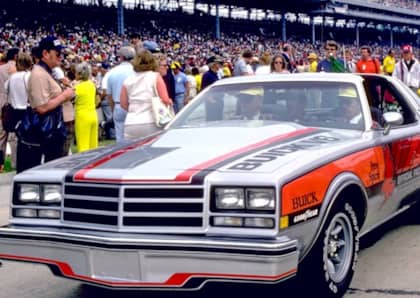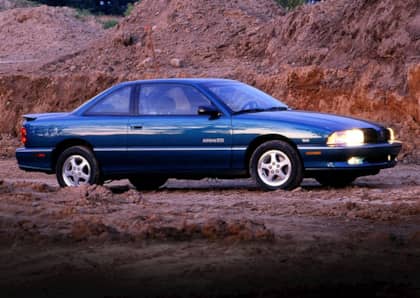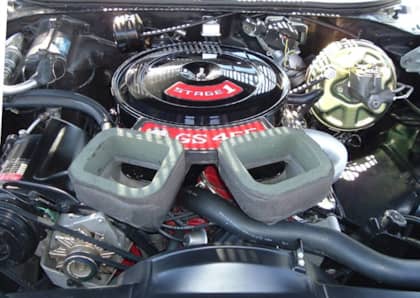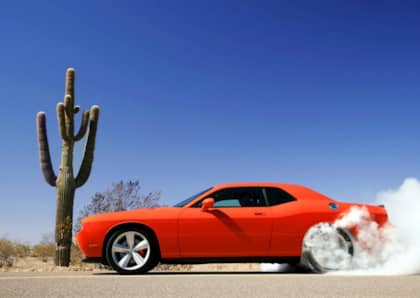Sleeper Wagon: The 1994-1996 Buick Roadmaster Estate
It's fitting that the full-size American station wagon—once the ruler of the turnpike, now a long-forgotten memory buried under the crashing wave of SUVs, minivans and crossovers—received a Viking funeral with the Buick Roadmaster Estate wagon. The last of the big-body family haulers, the Roadmaster (and its Caprice cousin) disappeared from showrooms at the end of 1996, but the twin black stripes it left on the asphalt in its wake hinted at how it had borrowed perhaps the least likely drivetrain from the GM arsenal for its final chapter.
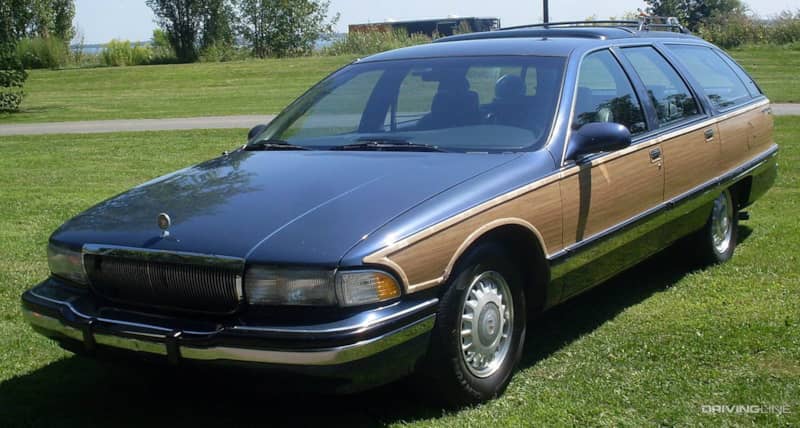
Corvette Power
Each and every 1994, 1995 and 1996 example of the Roadmaster Estate came standard with the same 5.7L LT1 V8 engine found under the hood of the Chevrolet Corvette, as well as the Chevrolet Camaro and Pontiac Firebird F-body twins. Modified somewhat from Vette tune, it still pushed out a healthy 260hp and 300 lb-ft of torque, which were impressive numbers in an era where BMW was still offering less than that in the M3.
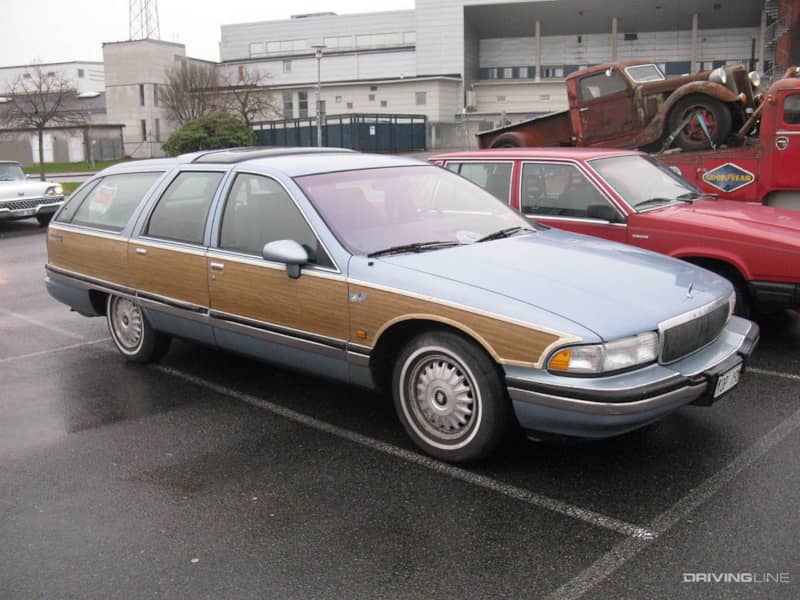
Some of the key differences between the Corvette and Roadmaster LT1s included the heads (iron in the Buick vs. aluminum in the Chevrolet), the mains (2-bolt vs. 4-bolt) and the camshaft profile. The power control module (PCM) was shared between the F-body and the B-body, but Buick limited the car to a top speed of 108 mph, much lower than the Vette's terminal velocity.
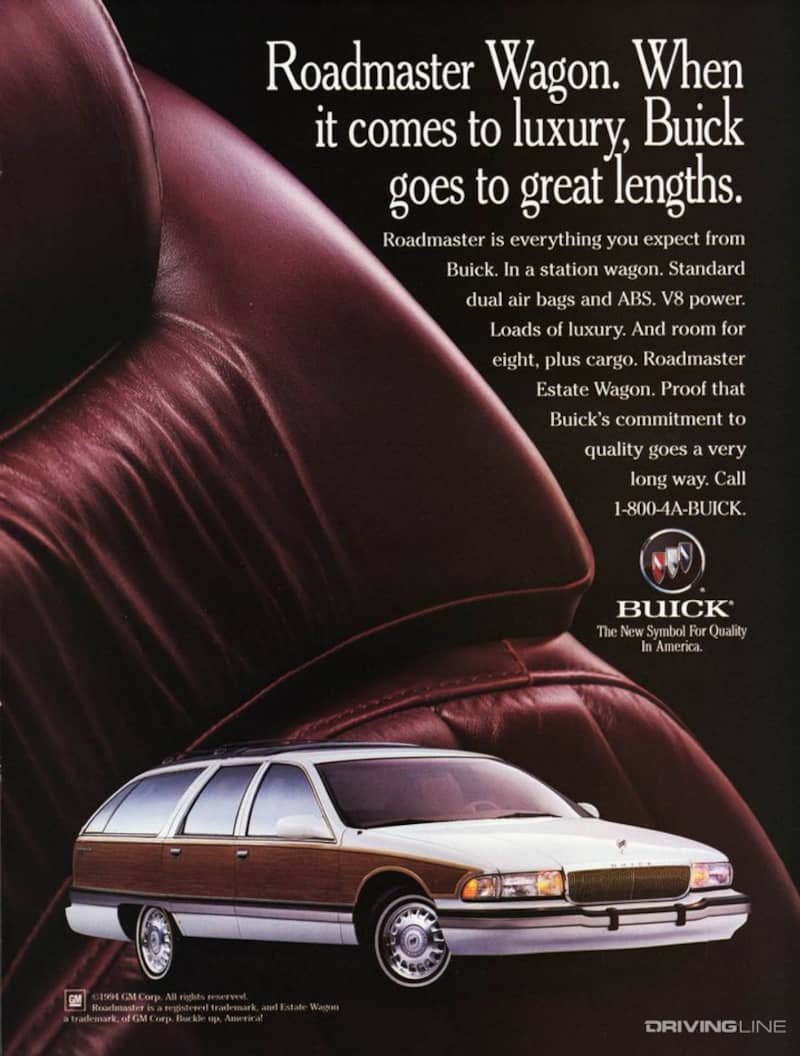
Of course, some would argue that triple-digit speeds are as exciting as you’d like behind the wheel of a 4,700-lb behemoth like the Buick. Depending on how well you can brake-boost the car's four-speed 4L60 automatic transmission, you're also looking at 60 mph from a standing start in just a tick over seven seconds, which is quite respectable for a commuter.
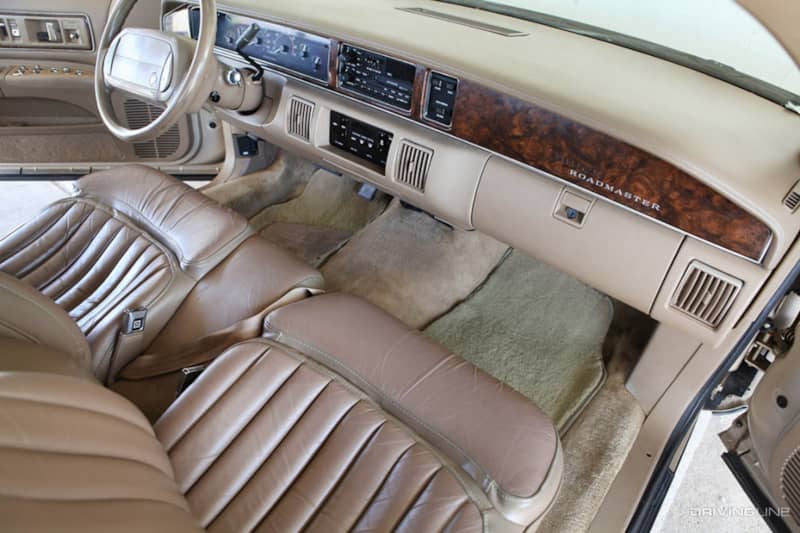
Other Upgrades
A few other goodies could be had with the Roadmaster Estate if you opted for the towing package, including improved cooling for the engine and 2.93:1 gearing. Air shocks that kept the rear of the wagon level were also offered, as was a locking differential. Although the Caprice wagon was also available with an optional LT1, Buick built about 10,000 more Roadmasters with this motor, making them less difficult to find on the market.
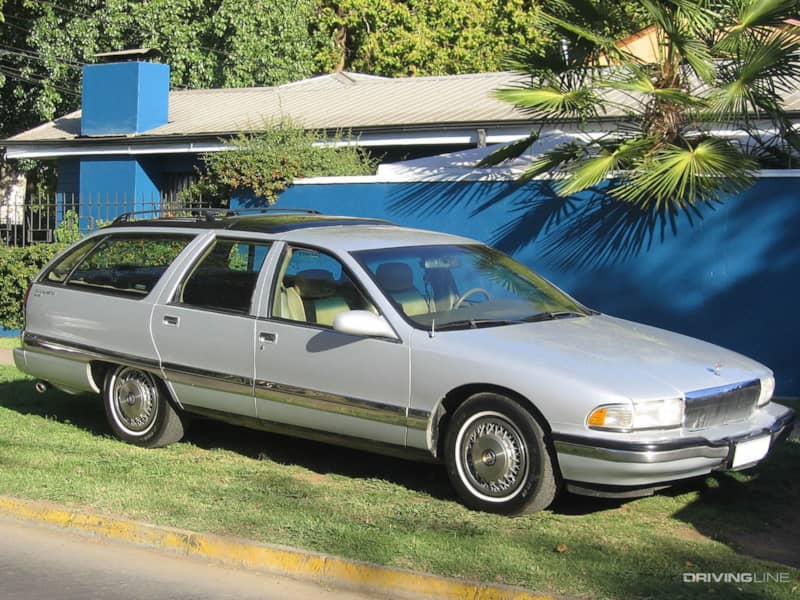
Turning the Wagon Into a Beast
That the American wagon's swan song was also a muscle car in disguise is a boon for drag racers and hot rodders on a budget seeking a rear-wheel drive platform that's reliable, easy to work on and extremely affordable to buy. From a modern perspective, squeezing more power out of the Estate's V8 is a relatively straightforward process, and although there's a lower ceiling here than with the next-generation LS engines that followed it, the LT1 is hardly a consolation prize.
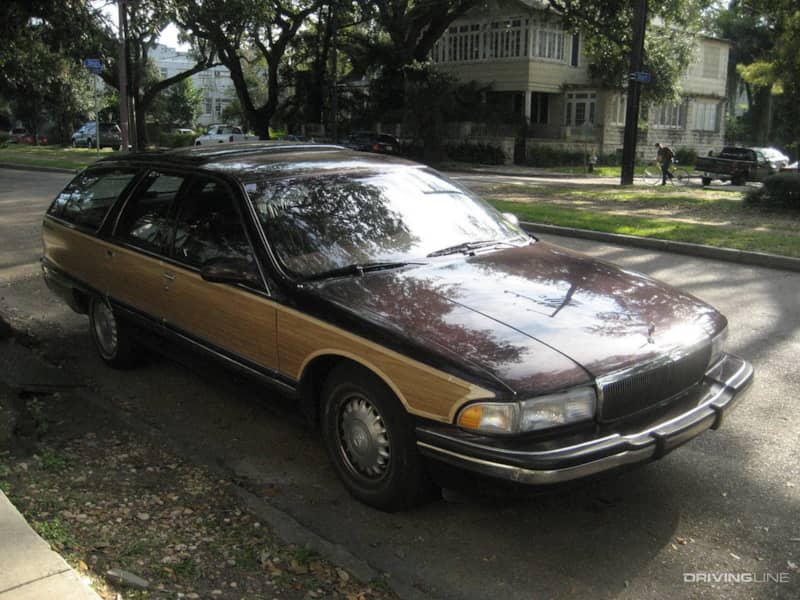
Exhaust modifications can free up significant grunt as you remove the restrictive stock system and replace it with a free-flowing 2.5-inch setup, especially if your local emissions laws allow you to move from the factory manifolds to a shorty header. Improving the air flow from the filter to the throttle body (and drilling holes in the existing airbox to allow for deeper inhalation) also helps, but you'll ultimately need to tune the ECU to take advantage of the power made available by all of these changes. Between 50 and 70 extra horsepower is lurking inside a better-breathing, tuned LT1 with these simple mods.
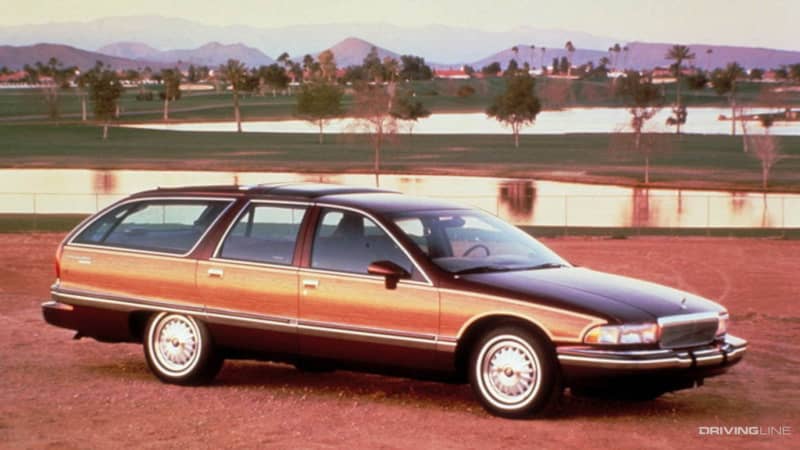
You may also want to swap in a more aggressive rear gear, depending on whether you'll be drag racing or cruising in the Estate. It's important to keep in mind, however, that the 4L60 isn't the most robust transmission when asked to haul around a car as portly as the Buick wagon.
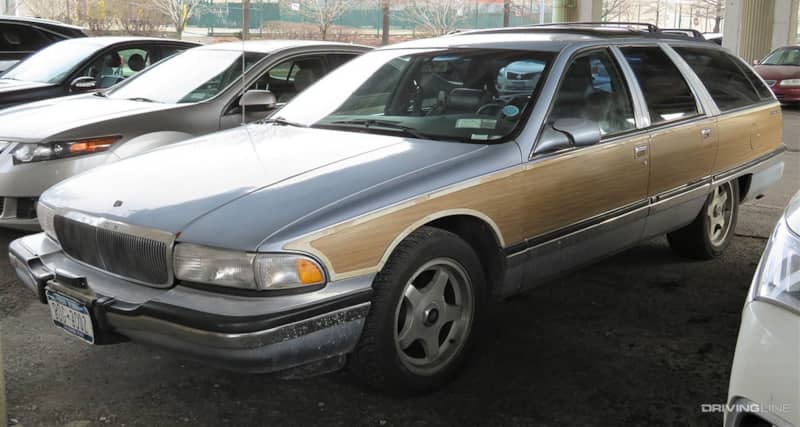
The Buick Roadmaster Estate makes for one of the ultimate sleepers. No one's going to suspect that the wood-paneled family appliance idling in the lane beside them is packing C4 Corvette artillery under the hood—unless they hear those eight cylinders singing out of your dual tail pipes, that is. Just make sure you've got someone filming from the rear-facing third row as you dust them off from light to light so you can immortalize the expression on their faces when they realize they've been beaten by a wagon.




